Note: This website was automatically translated, so some terms or nuances may not be completely accurate.
Facebook Japan Hosts Client Event "Mobile Moves Consumers"
Facebook Japan held its corporate event "MOBILE MOVES PEOPLE ~ Mobile Moves Consumers ~" at Act Square in Shibuya, Tokyo, on February 28.
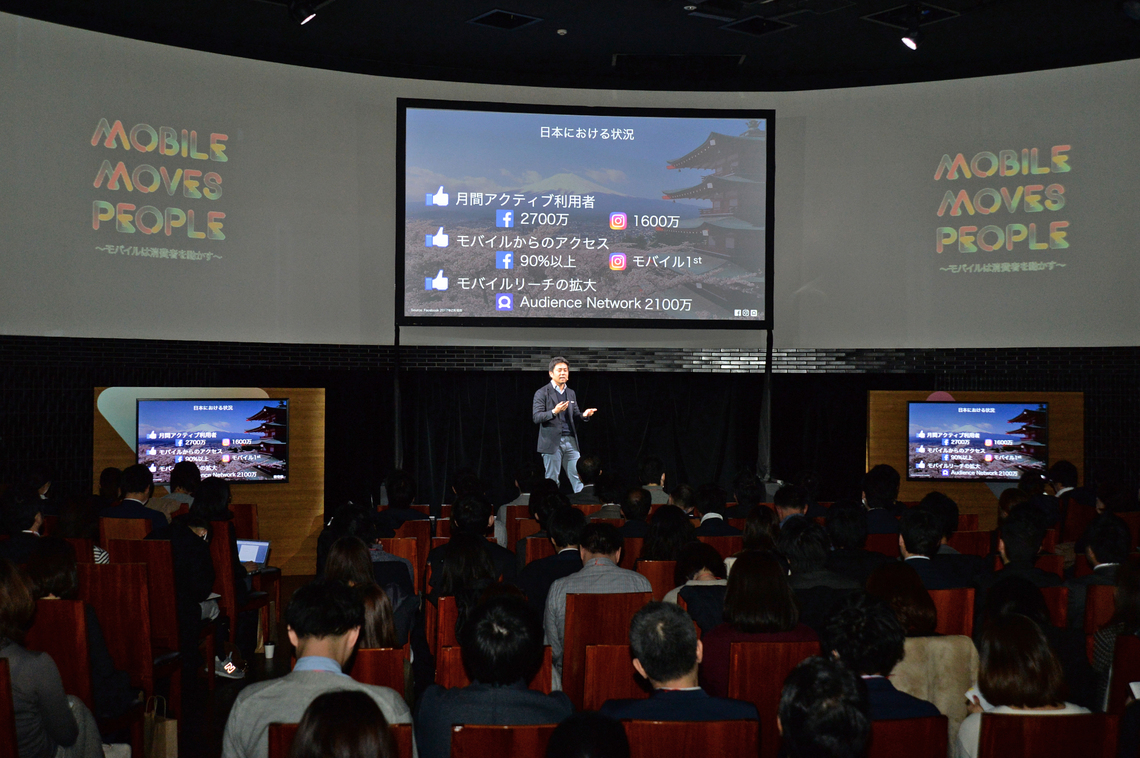
The event invited numerous corporate representatives to explain the current state of the rapidly advancing "mobile shift." Presentations covered utilizing Facebook for mobile marketing, fundamentals of mobile creative, and various types of effectiveness verification possible on Facebook. In the latter half, corporate representatives who had actually conducted branding and marketing using mobile video on Facebook took the stage. They introduced real-world case studies and the effects achieved, backed by concrete data.
At the outset, Shin Hasegawa, Representative Director of Facebook Japan, noted that the global mobile population has reached 4.7 billion, emphasizing that mobile has become established as a global infrastructure. Using U.S. data as an example, he presented projections indicating that mobile usage time per person per day will soon surpass television viewing time. He also highlighted the increasing use of video for communication as another significant trend. He further discussed that 50% of internet video viewing occurs on mobile devices and that globally, there is a growing tendency to watch "short videos" while on the move.
President Hasegawa highlighted "Audience Network" as a key focus for the Facebook family, alongside "Facebook" and "Instagram." Audience Network is a service enabling advertisers to use Facebook's targeting and measurement capabilities to run ads on partner mobile apps beyond Facebook and Instagram. He stated that in Japan, Facebook has 27 million users and Instagram has 16 million users, with Audience Network enabling reach to an additional 21 million users. He highlighted Facebook's strength as its ability to display personalized content tailored to each individual user, stating, "It's not a platform where users are forced to see something; it's a platform where users go to discover things."
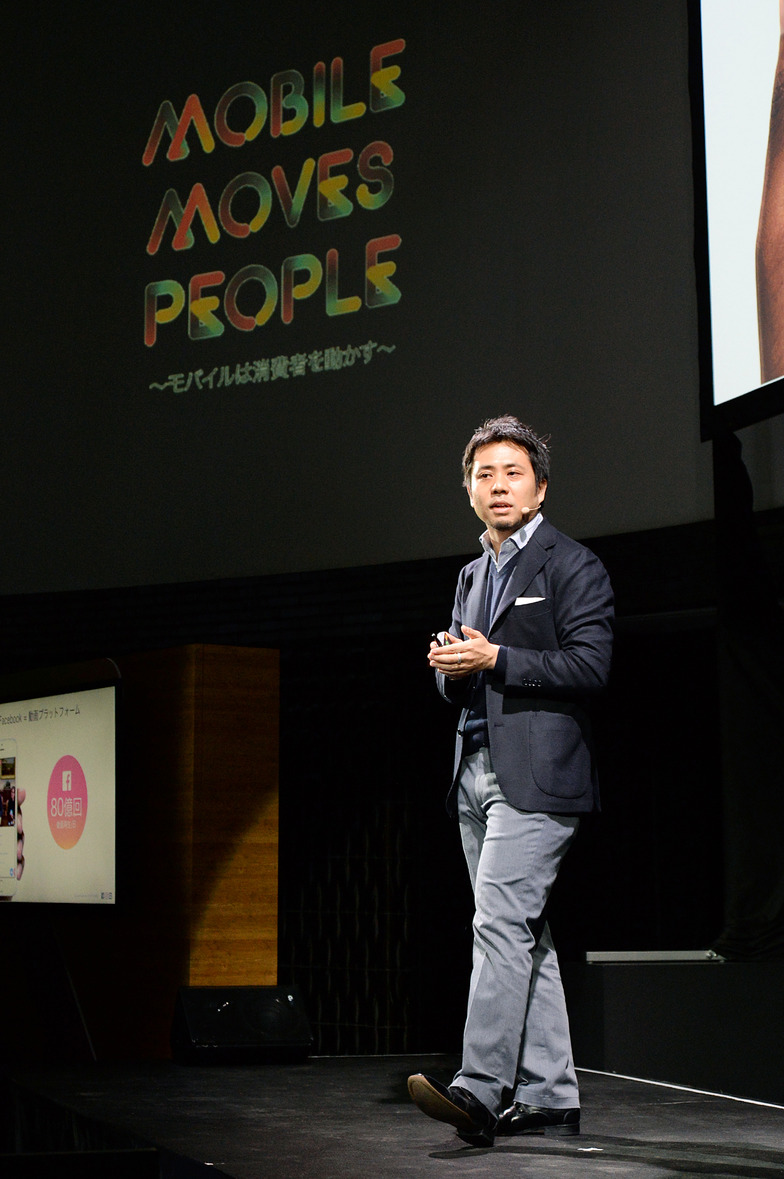

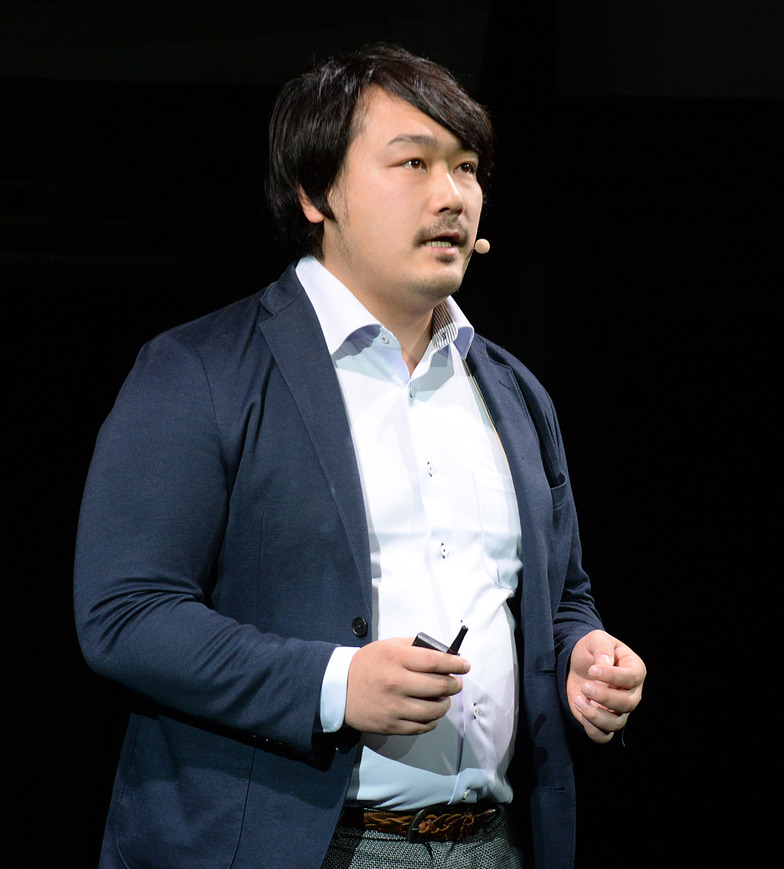
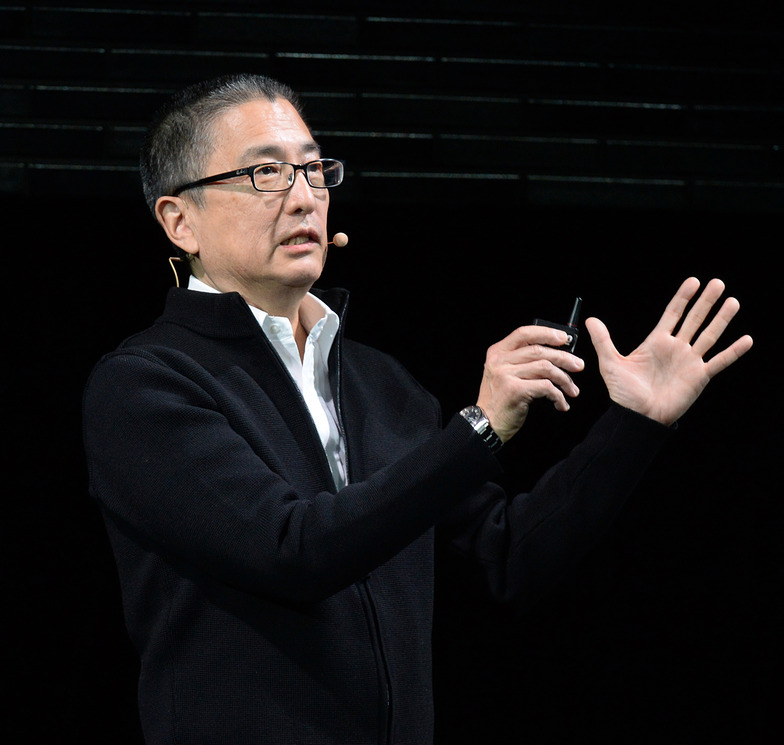
Next to take the stage was Mr. Tetsuya Suzuki, Head of Vertical Industry at Facebook Japan, who delivered a presentation titled "How to Leverage Facebook to Drive Consumer Action." Mr. Suzuki positioned the objectives of mobile advertising as "branding" and "sales growth." Regarding branding, he explained that combining TV and Facebook allows for flat reach encompassing audiences who don't watch TV, while Facebook's precision targeting enables efficient approaches to specific audiences.
The third speaker, Toru Tanaka, is a Creative Strategist at Facebook Japan's Creative Shop. In his presentation titled "Mobile Creatives That Move Consumers," he discussed methodologies unique to mobile production. Tanaka broadly categorized mobile video ads into two types: "optimizing TV content for mobile" and "creating videos optimized for mobile from scratch." He highlighted three universal rules for both approaches: "assume no sound," "present the conclusion first," and "optimize the aspect ratio," illustrating these with various case studies.
In the session titled "Synergy Between TV and Mobile," Yuki Nakajo from Shiseido Japan's Communication Division and Taichi Sato, Client Partner Manager at Facebook Japan, took the stage. They presented a promotional case study for Shiseido's brand "MAKIAGE" during the launch of its new rouge, which combined TV and mobile. Immediately after the TV commercial launch, an online survey visualized ad awareness and non-awareness groups by region and age. Facebook/Instagram ads were then deployed in real-time to target the non-awareness group. This effectively expanded reach by complementing areas TV couldn't cover, further boosting brand awareness.
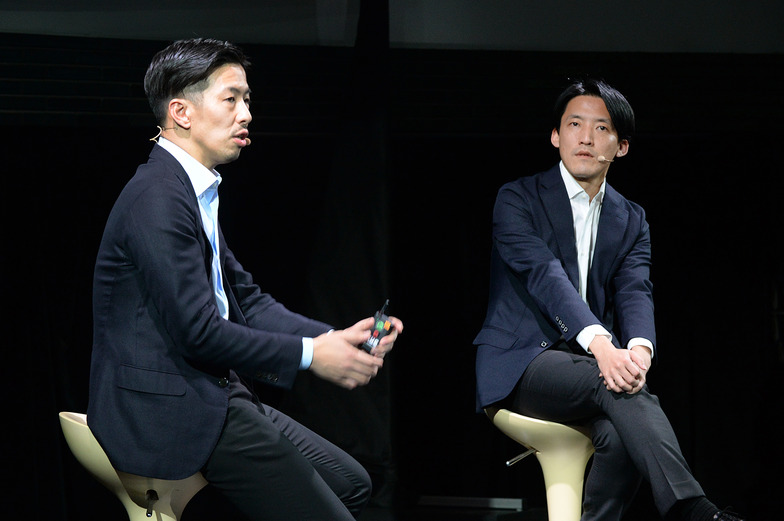
Mr. Nakajo (right) and Manager Sato
Next, Mr. Atsushi Kunishio from Suntory Business Expert's Advertising Department Digital Group and Ms. Nami Reiko, Client Solutions Manager at Facebook Japan, took the stage with the theme of "Mobile First Branding." They introduced a mobile video ad for a wine called "Cinzano Asti." In addition to highly accurate targeting, the creative also made use of Facebook's "carousel video ads," which allow multiple videos to be displayed in a single ad space, resulting in improvements across the board in KPIs such as ad recall, brand awareness, and year-on-year sales.

Mr. Kunishio (right) and Manager Reiko
The third talk session, titled "Mobile's Contribution to Purchases," featured Mr. Toshimitsu Sekii, Media & Digital Director at Kantar Japan, and Mr. Ryota Tanosaki, Executive Officer and Head of CSM at Facebook Japan . The case study presented was Coca-Cola Japan's "Ayataka Nigori Honoka," launched in March 2016 . Mr. Sekii, who measured the effectiveness of this promotion, cited three key success factors unique to Facebook: the "Occasion Effect," the "Recency Effect," and the "Reminder Effect."
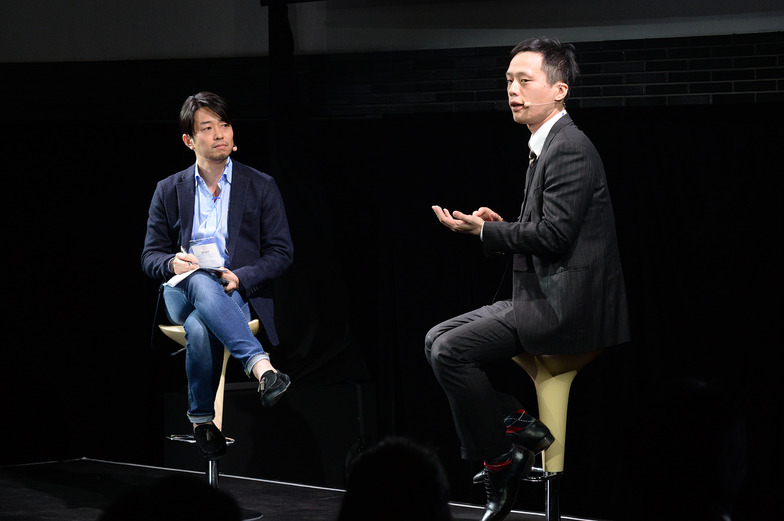
Director Sekii (right) and Executive Officer Tanosaki
Next to take the stage was Yuki Kawano, Client Partner Manager at Facebook Japan. Under the title "People-Based Effectiveness Verification," he discussed measuring the results of mobile ads after they run on Facebook.
Manager Kawano emphasized that in an era where multi-device usage is commonplace, "person-based effectiveness measurement" is crucial, rather than relying on traditional cookie-based measurement. He also introduced Facebook's wide range of measurement services, enabled through partnerships with third-party organizations, which he said ensures measurement transparency. Furthermore, he explained that Facebook can now accurately measure changes in consumer attitudes, such as "brand awareness," "purchase intent," and "in-store purchases." He expressed the view that measuring using such "KPIs closer to the ultimate goal" will become the global mainstream going forward.

The event concluded with General Manager Suzuki returning to the stage for a summary. He proposed services attendees could implement immediately on Facebook, including "support for creating mobile-first videos," "research on the optimal allocation between TV and Facebook," and "measuring the effectiveness of targeted campaigns."
Was this article helpful?